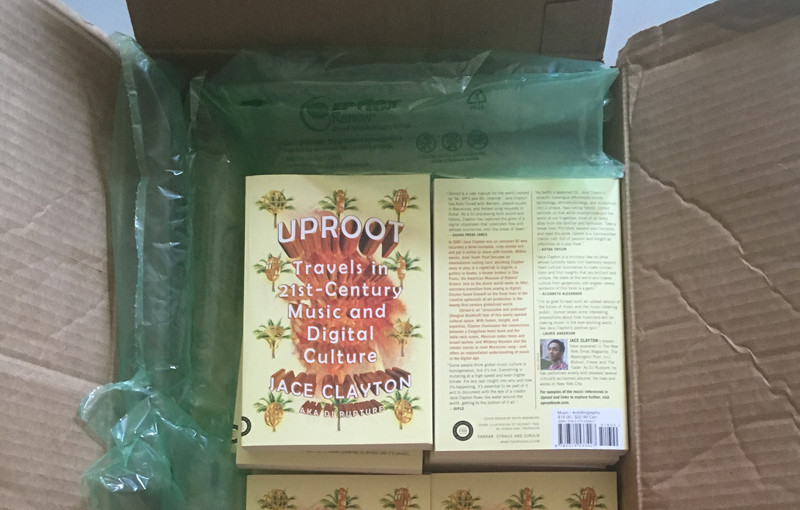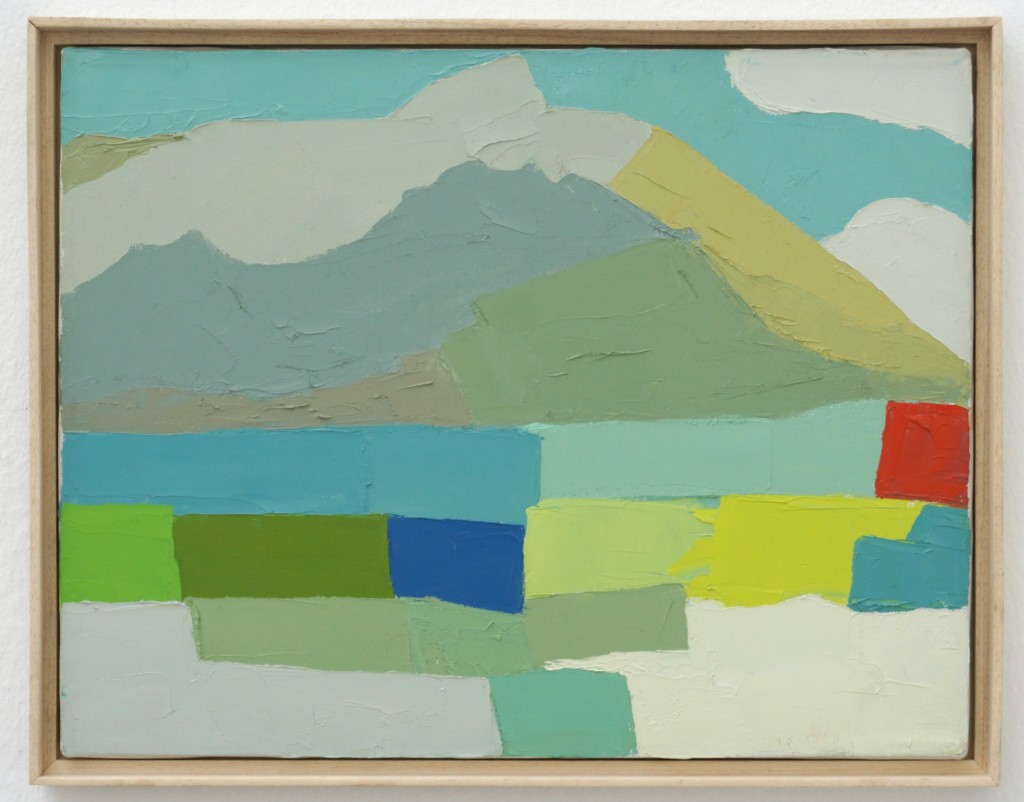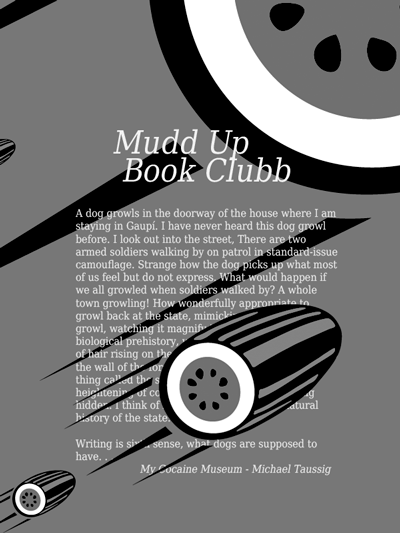
This month’s Mudd Up Book Clubb selection is Patrik OuÅ™ednÃk’s Europeana: A Brief History of the Twentieth Century, and we’re meeting next Sunday, September 16, to talk about it.
Europeana is a brilliant, simple/sly/hypnotic little book, which of course isn’t simple at all, so few things are. Rather incredibly, the New York Public Library files this book in the History section, which gives the Czech writer’s work even more weight.
OuÅ™ednÃk offers some generous reflections on his work in this interview:
Does the brevity of this novel suggest that we try to remove ourselves from the twentieth century and its horrors, or were you trying to illustrate the absurdity of this past century?
OuÅ™ednÃk – I could simplify this: what were the key words of the twentieth century? Undoubtedly, haste (rather than â€chaos,†which is no more appropriate to the twentieth century than to any another). This meant, let’s try to write a hurried text. Another peculiarity of the twentieth century, I think, is infantilism — with everything that it implies, from the romantic-commercial image of juvenility to the refusal of taking the full responsibility of one’s acts and words. Let’s try then to write a childish text, a text that could have been told by a kid reciting his lesson or by the village idiot. Thirdly, this century has been explicitly scientific. This meant, let’s use a vocabulary more or less scientific, with all its contradictions and, if possible, with all its vacuity. These are the elements that gave birth to the form and content of the book.

Here’s an excerpt from the first two paragraphs:
The Americans who fell in Normandy in 1944 were tall men measuring 173 centimeters on average, and if they were laid head to foot they would measure 38 kilometers. The Germans were tall too, while the tallest of all were the Senegalese fusiliers in the First World War who measured 176 centimeters, and so they were sent into battle on the front lines in order to scare the Germans. It was said of the First World War that people in it fell like seeds and the Russian Communists later calculated how much fertilizer a square kilometer of corpses would yield and how much they would save on expensive foreign fertilizers if they used the corpses of traitors and criminals instead of manure. And the English invented the tank and the Germans invented gas, which was known as yperite because the Germans first used it near the town of Ypres, although apparently that was not true, and it was also called mustard because it stung the nose like Dijon mustard, and that was apparently true, and some soldiers who returned home after the war did not want to eat Dijon mustard again. The First World War was known as an imperialist war because the Germans felt that other countries were prejudiced against them and did not want to let them become a world power and fulfill some historical mission. And most people in Europe, Germany, Austria, France, Serbia, Bulgaria, etc., believed it to be a necessary and just war which would bring peace to the world. And many people believed that the war would revive those virtues that the modern industrial world has forced into the background, such as love of one’s country, courage, and self-sacrifice. And poor people looked forward to riding in the train and country folk looked forward to seeing big cities and phoning the district post office to dictate a telegram to their wives, I’M FINE, HOPE YOU ARE TOO. The generals looked forward to being in the newspapers, and people from national minorities were pleased that they would be sharing the war with people who spoke without an accent and that they would be singing marching songs and jolly popular ditties with them. And everyone thought they’d be home in time for the grape harvest or at least by Christmas.
Some historians subsequently said that the twentieth century actually started in 1914, when war broke out, because it was the first war in history in which so many countries took park, in which so many people died and in which airships and airplanes flew and bombarded the rear and towns and civilians, and submarines sunk ships and artillery could lob shells ten or twelve kilometers. And the Germans invented gas and the English invented tanks and scientists discovered isotopes and the general theory of relativity, according to which nothing was metaphysical, but relative. And when the Senegalese fusiliers first saw an airplane they thought it was a tame bird and one of the Senegalese soldiers cut a lump of flesh from a dead horse and threw it as far as he could in order to lure it away. And the soldiers wore green and camouflage uniforms because they did not want the enemy to see them, which was modern at the time because in previous wars soldiers had worn brightly-colored uniforms in order to be visible from afar. And airships and airplanes flew through the sky and the horses were terribly frightened.
In the margins on nearly every page there are incredible subheadings written in tiny grey type, for example the above selection contains the subheadings THE ENGLISH INVENTED THE TANK and MARCHING SONGS and GERMANS INVENTED GAS. Europeana! You’re in for a treat.
+ + +
Here’s the Mudd Up Book Clubb reading list (you join by recommending a book) in reverse chronological order:
Patrik OuÅ™ednÃk, Europeana
Nalo Hopkinson, Midnight Robber
Michael Taussig, My Cocaine Museum
Tatyana Tolystaya, The Slynx
Augusto Moterroso, Mister Taylor
Vladimir Sorokin, Ice Trilogy
Lauren Beukes, Zoo City
Samuel R. Delany, Times Square Red, Times Square Blue
Juan Goytisolo, Exiled from Everywhere
Cesar Aira, How I Became a Nun
Maureen F. McHugh, Nekropolis
























